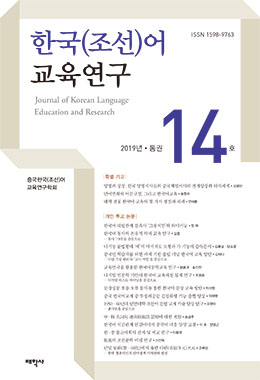There are common assumptions in language teaching, but many of these assumptions can be disputed and have sometimes led to undesirable consequences. Teaching methods and curricula can/should be varied depending on various factors. This paper has discussed various issues and tasks facing Korean language teaching and learning in university settings, including curriculum, syllabus, and teaching methods. Issues discussed in this paper include, but are not limited to, the question of grammar teaching, teaching culture, the use of grammatical terminology, and the exclusive use of target language in the classroom, and so on. We have also discussed whether translation practice, pattern practice, and rote learning are useful/necessary for language learning. We claim that explicit grammar teaching in the learner's first language can be an important aspect of language learning for university students and adult learners. We have proposed effective ways of teaching Korean language to university students and have also shown that the use of eclectic methodology has proven to be useful for a variety of programmes. Recently Korean language education has grown remarkably. According to the Modern Language Association (MLA), Korean saw a jump in enrollment from 2103 to 2016, and comes in at 11th among most taught languages in Higher Education in the USA. We have looked at various factors that have contributed to the growth of popularity in Korean, and provided proposals to further develop Korean language education in the years to come.




